Year-round harvests that go beyond seasonal limitations seem to be a dream for any gardener. However, this dream may come true with perennial fruit trees, which offer abundant blooms, fruits, and foliage that evolves with the rhythm of time.
With proper care and attention, your perennial fruit trees can become reliable sources of nourishment that sustain both body and spirit. As you pluck the fruits of your labor from these trees, you’ll experience a sense of connection to the land, the seasons, and the rich traditions of cultivating one’s own sustenance.
To help you get started, we’ve rounded up best known perennial fruit trees, which you can plant once and enjoy forever.
#1. Raspberries
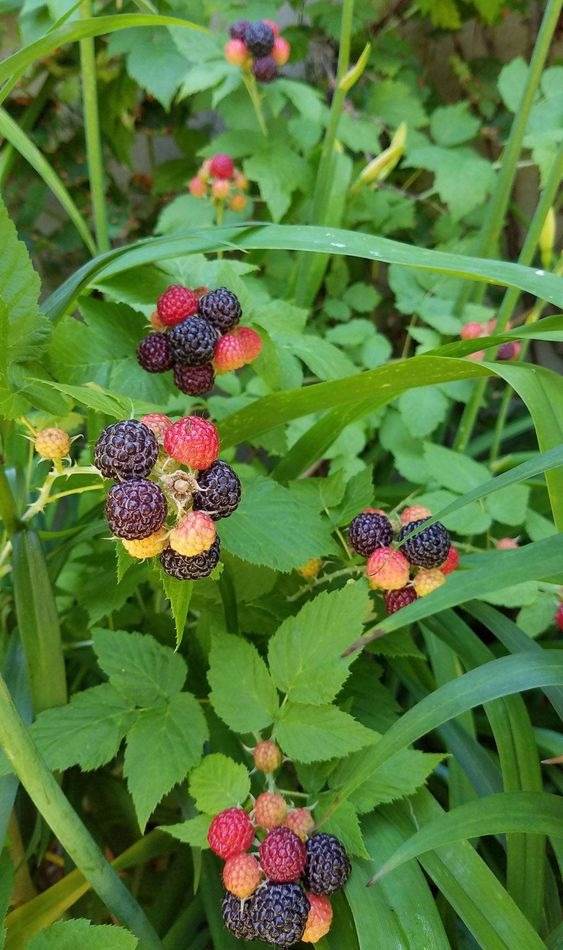
There are two main types of raspberries: everbearing and summer bearing. Everbearing raspberries produce fruits on both first year canes (primocanes) and second year canes (floricanes), while summer bear fruits only on floricanes.
#2. Blackberries
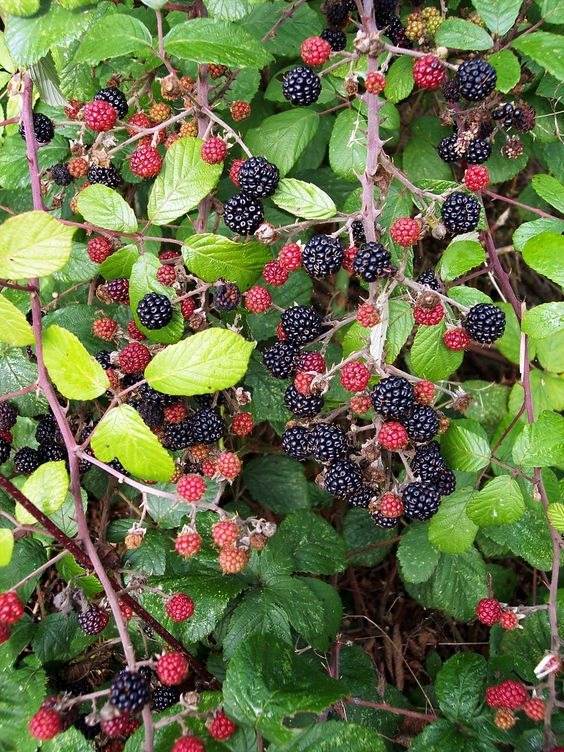
Blackberries are easy to grow and require little maintenance. Most amazingly, they can produce fruits for 15 years or more.
#3. Blueberries
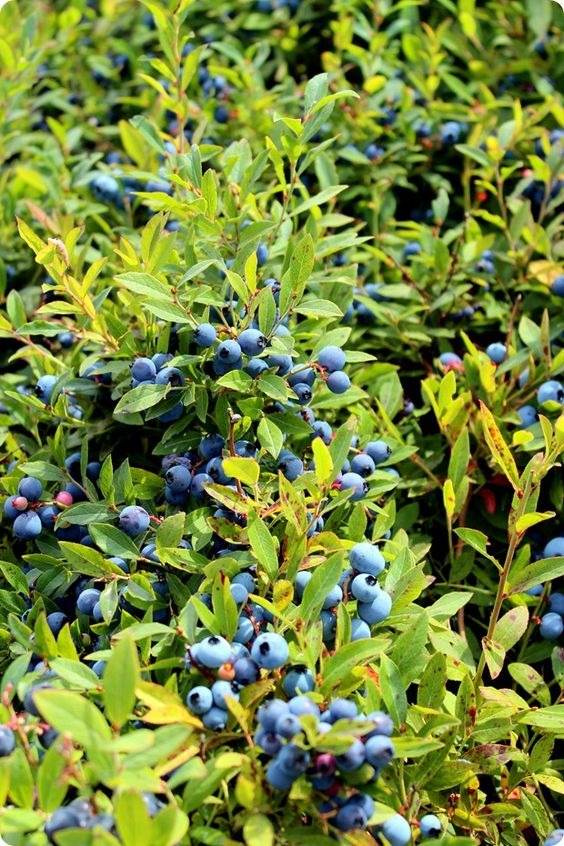
There are four types of blueberries: highbush, lowbush, hybrid half-high, and rabbiteye. The most commonly planted blueberry is the highbush.
#4. Grapes
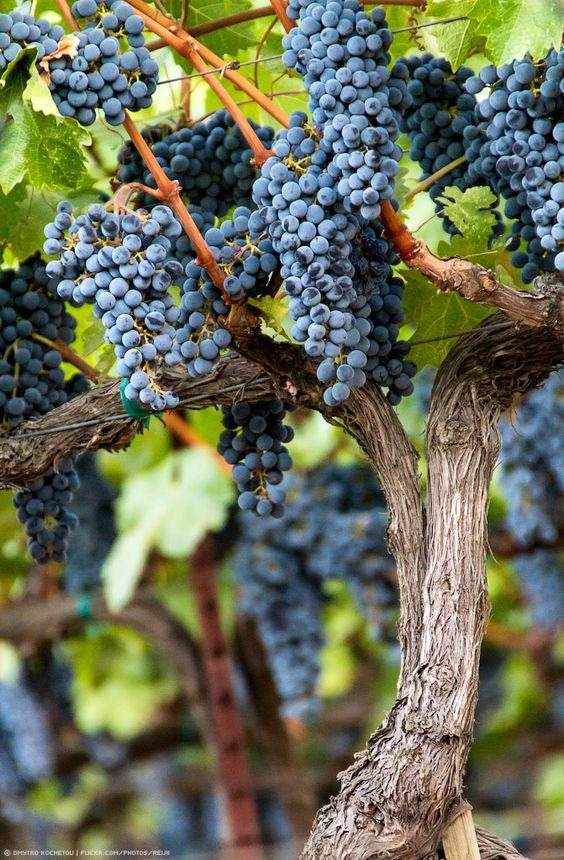
Grapes are one of climbing fruit plants that are ideal for urban gardeners. This perennial fruit tree looks great growing on an arbor or pergola with the fruit hanging down.
#5. Cherries
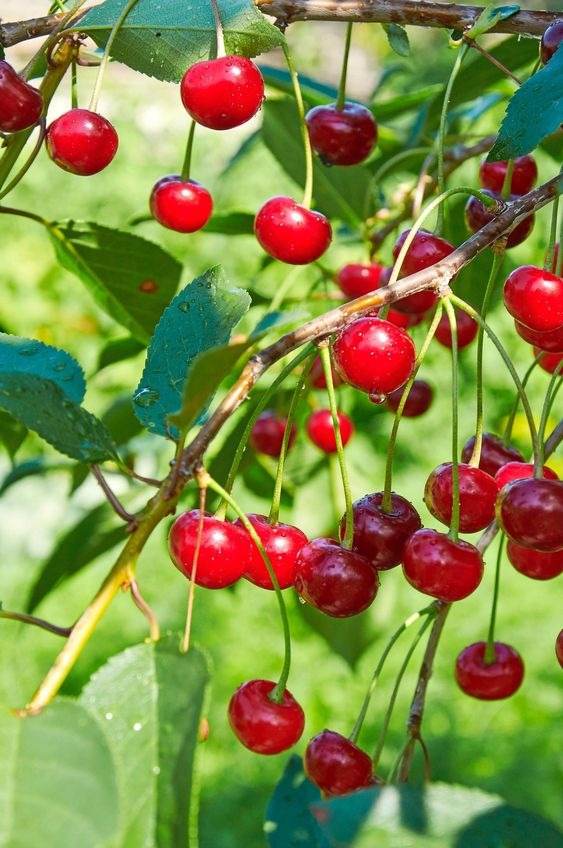
Cherries can be classified into two main types: sweet cherries (Prunus avium) and sour cherries (Prunus cerasus). They can grow up to 25 feet tall and require full sun, well-drained soil, and regular pruning and thinning.
#6. Apples
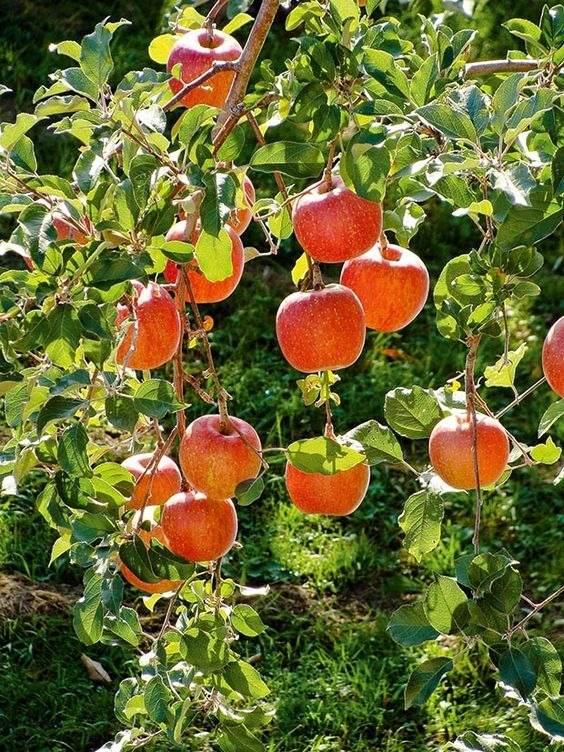
Apple trees are one of the most popular and versatile fruit trees. They need a certain amount of cold exposure during winter to break dormancy and produce flowers and fruits, from 100 to 1,200 chill hours depending on the variety.
#7. Pears
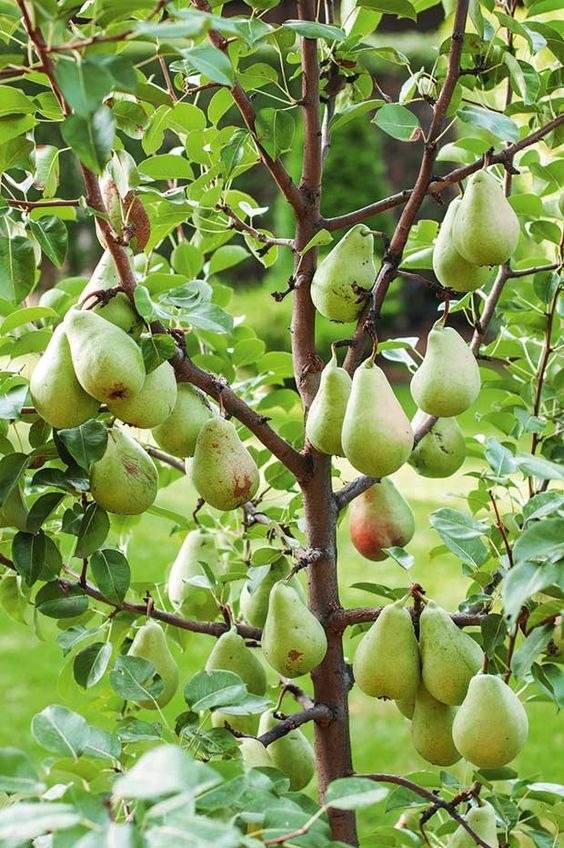
Pears are perennial fruit trees that produce sweet and juicy fruits that can be eaten fresh, cooked, canned, or dried. They can grow up to 30 feet tall, but there are also dwarf and semi-dwarf varieties that can fit in smaller spaces or containers.
#8. Apricots
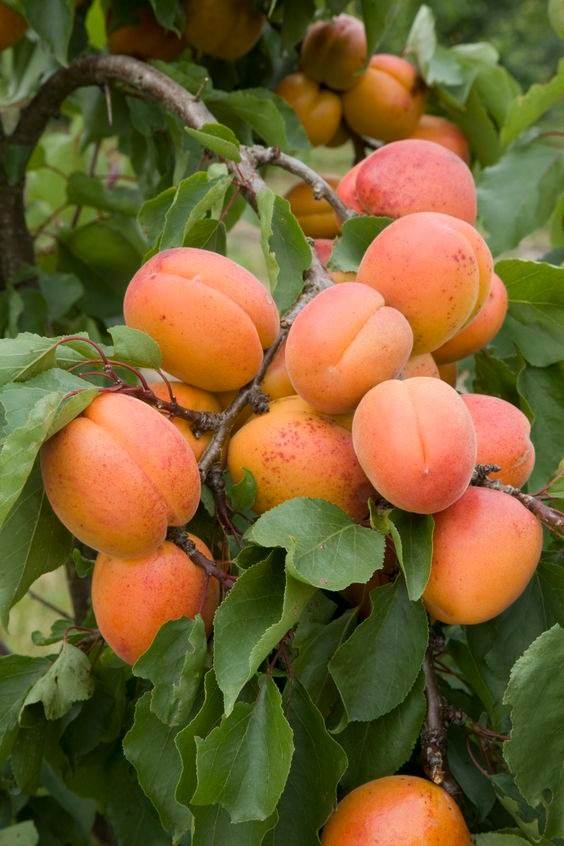
Apricots produce sweet and juicy fruits that have a pit or stone in the center. Apricot trees typically last between 10 and 35 years in ordinary gardens, but they can live up to 150 years under ideal circumstances. They begin producing fruit at 3 or 4 years old and can continue doing so for 20 to 25 years.
#9. Plums
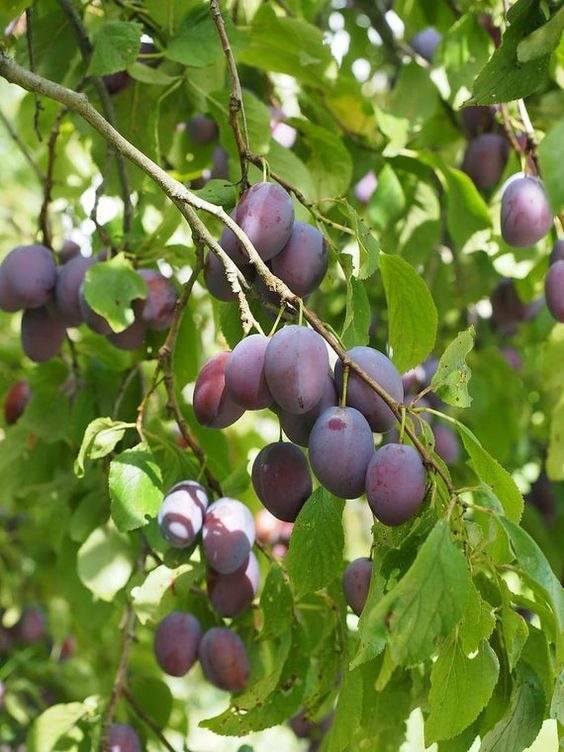
Plums are perennial fruit trees that are related to peaches, apricots, cherries, and almonds. Plum trees produce fruit between June and September, after blooming in late winter to early spring.
#10. Mulberries
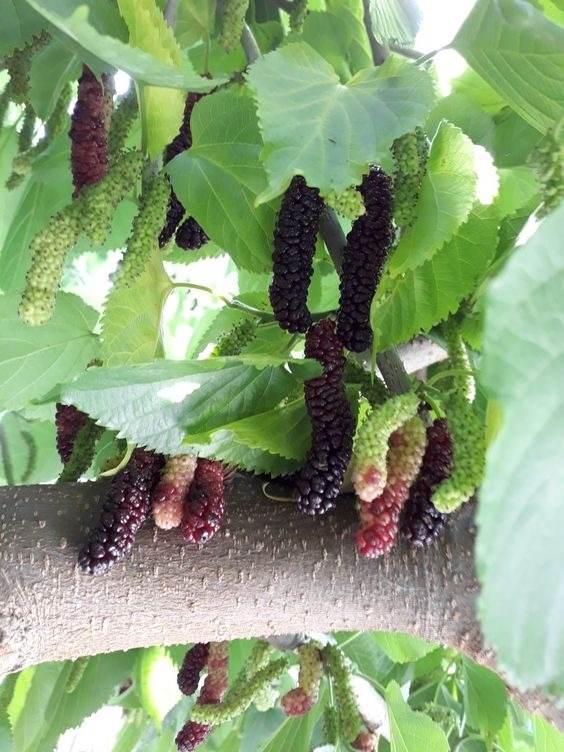
After planting, mulberries typically begin to bear fruit 5 or 6 years later. The fruit’s flavor can be either sweet or tart, and it can be white, red, black, or purple in color.
#11. Peaches
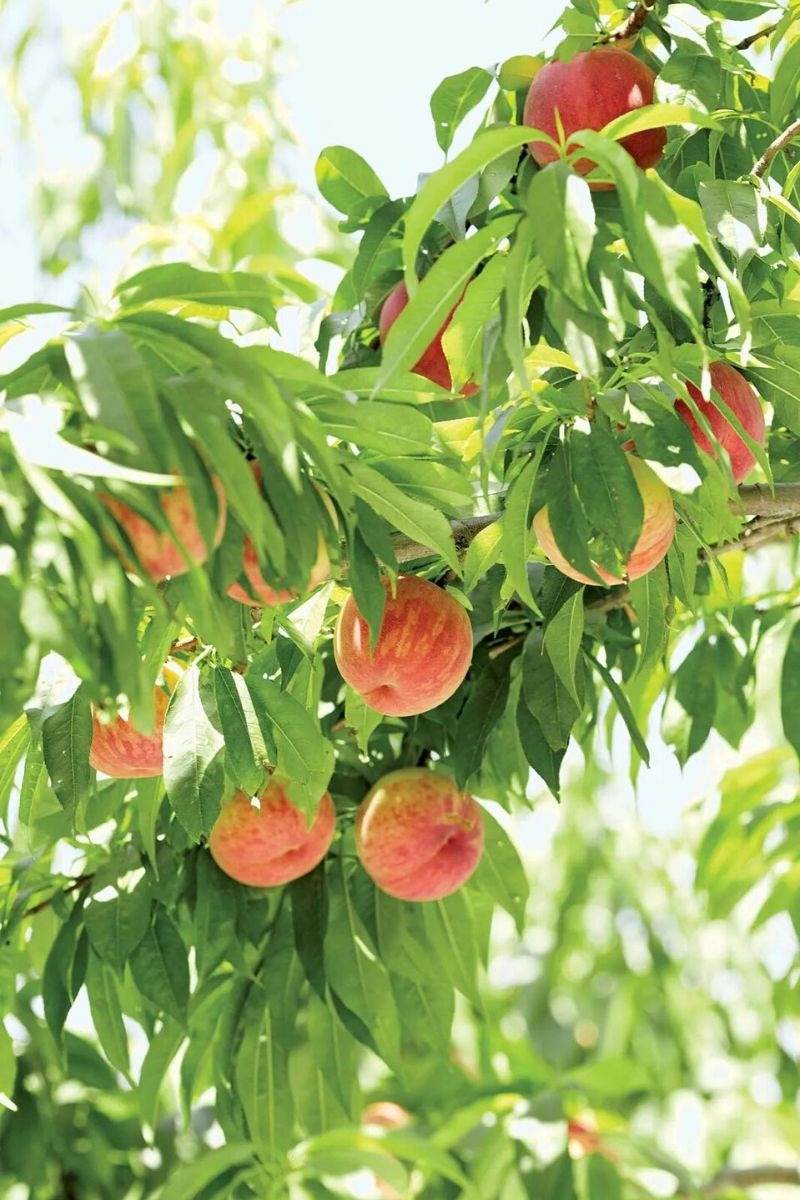
Peaches can be harvested early, midseason, or late depending on the tree type (standard, dwarf, or miniature). Early-season, mid-season, and late-season peaches all mature in June or July, August, and September or October, respectively.
#12. Nectarine trees
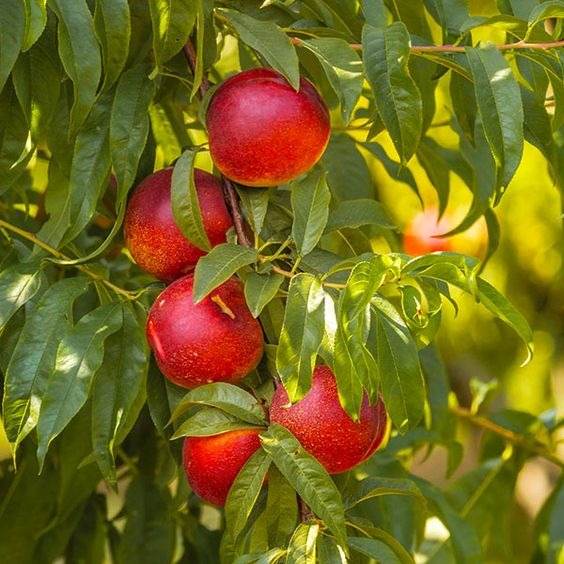
A nectarine is a type of peach that has a smooth skin instead of a fuzzy one. They are classified as either freestone or clingstone, depending on how easily the flesh separates from the stone.
#13. Lemon
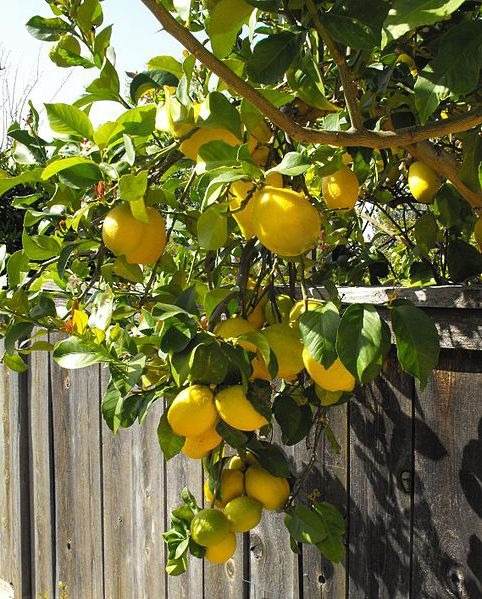
Lemon trees begin to produce fruit when they are about 3-5 years old. They can also produce fruit year-round, although this may not mean that they are constantly producing new fruits.
#14. Fig trees
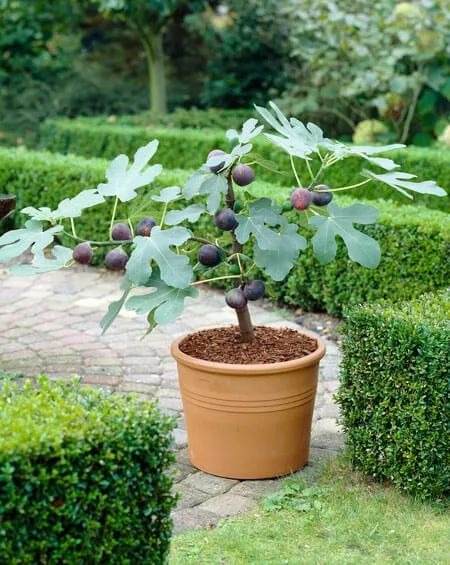
Three to four years after planting, fig trees might start to bear fruit. Some fig trees start producing fruit as early as May or June, and they can continue producing until the season’s first frost, which can happen as late as November in some places.
#15. Persimmon trees
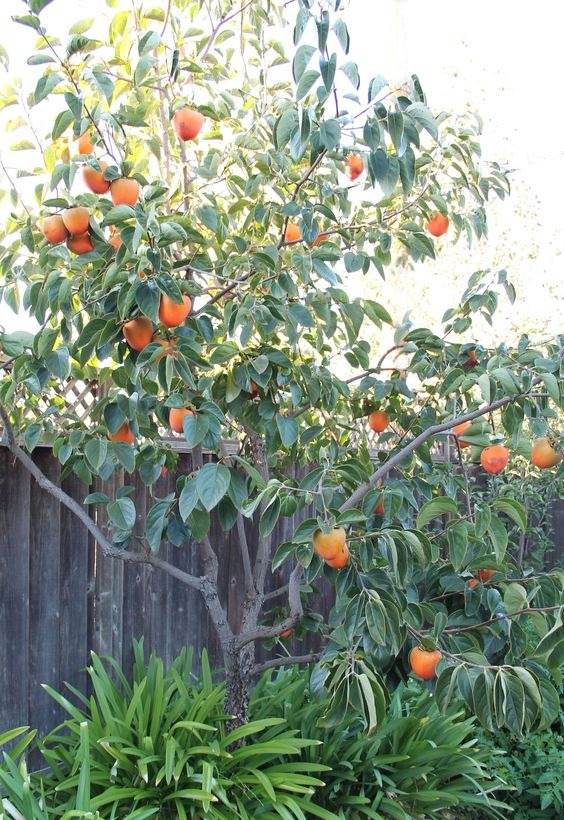
While grafted trees might start bearing fruit three years after planting, persimmon trees grown from seeds need between four and nine years to start bearing fruit. It may take about 10 years for trees to reach their full potential.
#16. Pawpaw trees
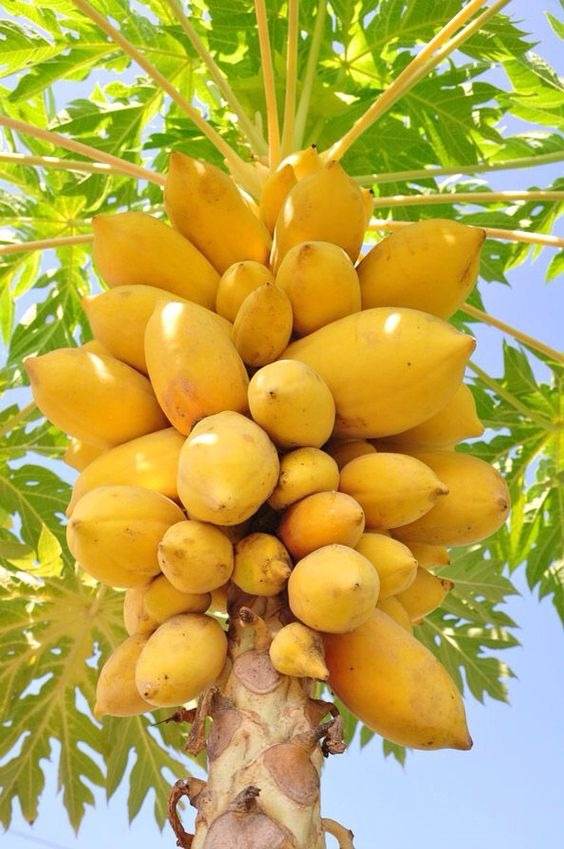
Pawpaw fruits have a custard-like texture and a tropical flavor that resembles a combination of banana, mango, and pineapple. To support cross-pollination, it is recommended to plant at least two or more pawpaw trees of different varieties within 30 feet of each other to ensure good pollination.
We hope that our helpful information has made you feel eager to cultivate a garden that bears the gifts of nature year after year. Don’t forget to share with us the joy of nurturing plants that offer both visual beauty and delectable rewards.
